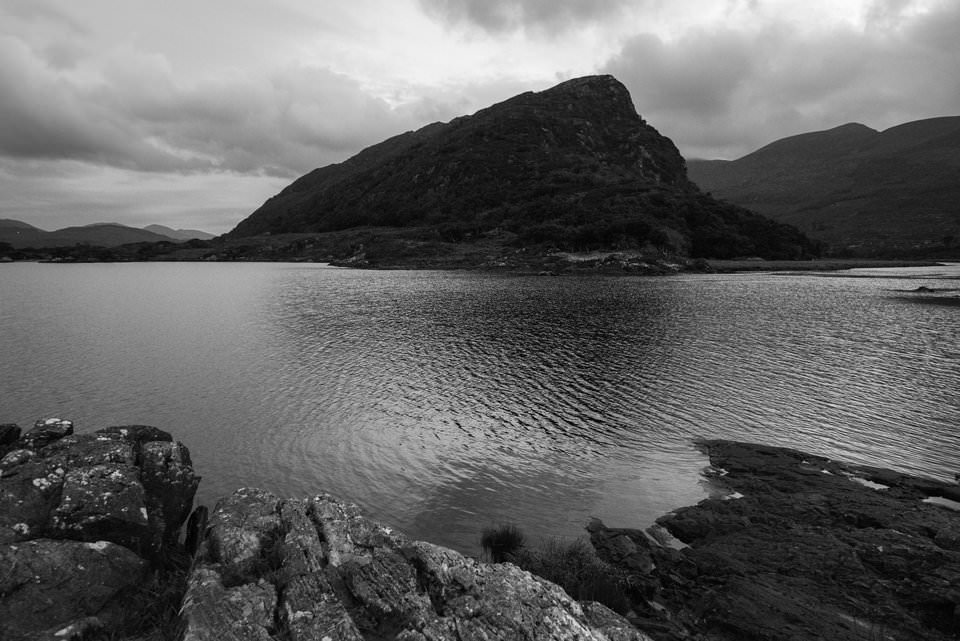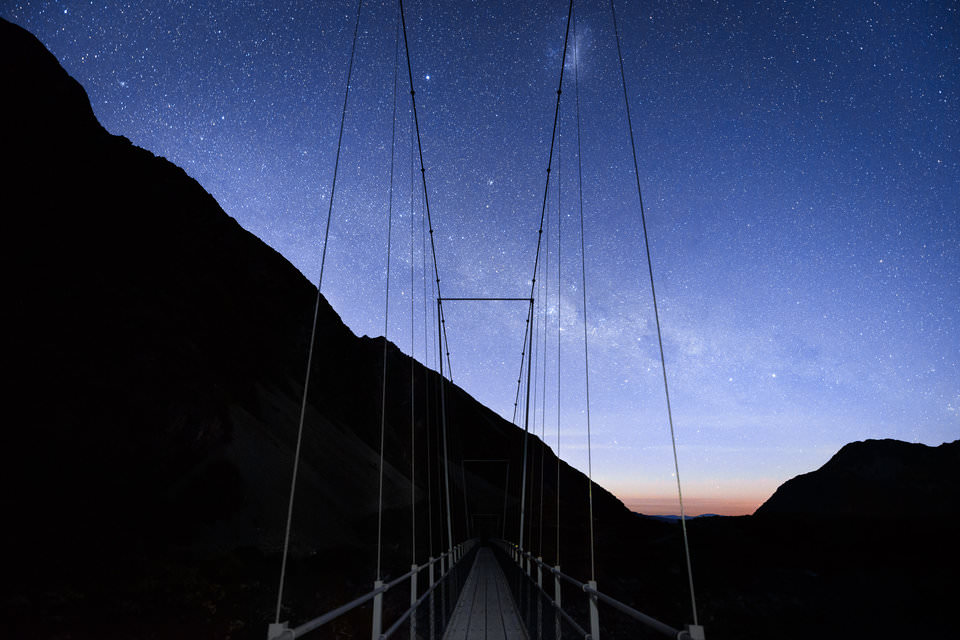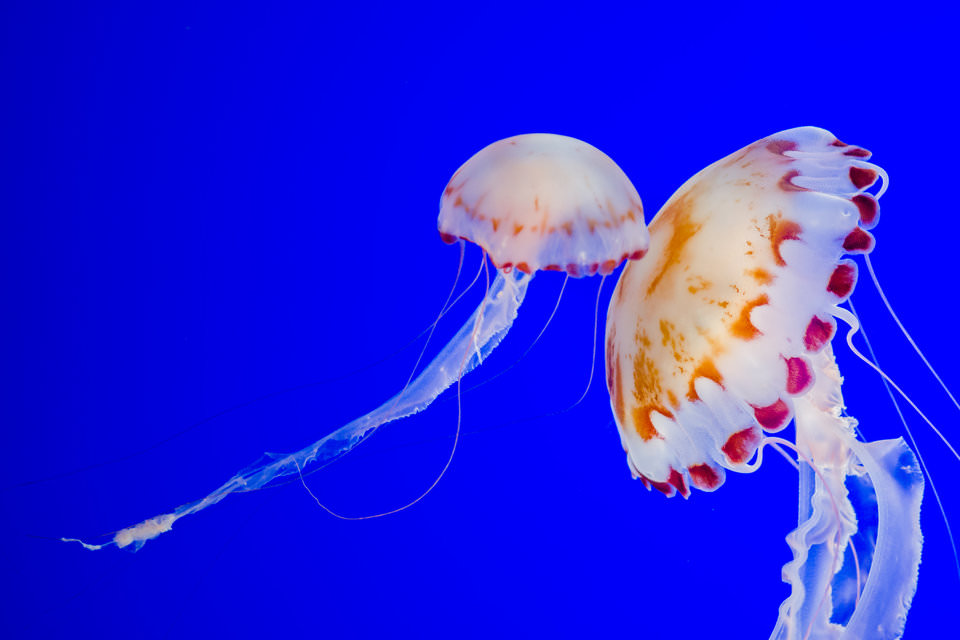Noise is a topic in photography that seems made to cause confusion. However, it is crucial to understand it if you want to maximize image quality. In this article, we will go into detail about the two types of noise that affect your photos, shot noise and digital noise, and what you can do to minimize them. We will also explain the connection between things like your camera’s ISO and the amount of noise in your photos. So, what is noise in photography, and what can you do to reduce it?
Several years before I bought my first DSLR, I had a point-and-shoot that I really wanted to learn how to use – but I was clueless about photography. When I read online that a high ISO setting “adds more noise” to a photo, naturally, I started thinking that a camera actually grows louder at those settings. I tested this theory by taking two photos at different ISO values, and – I could have sworn it! – the camera’s shutter was significantly louder at the higher ISO. For an embarrassingly long time afterwards, I went around thinking that high ISO values were fine to use, except in museums or cathedrals where silence was required. I doubt that many other people have been so hopelessly misguided about noise, but there still are several aspects of noise that even advanced photographers often misunderstand.
Understanding Noise
Noise is a grainy veil in a photograph, obscuring details and making the picture appear significantly worse. In some cases, photos can be so noisy that they are essentially unusable. At some level, we are all quite familiar with the concept of noise – if not in photography, then in other fields, such as music and audio recording.
You’ve surely noticed that, even in a quiet room, there is a background “hiss” in videos or audio that you record. That hiss isn’t something we hear normally, but it shows up in audio recordings (especially with a lower-quality microphone). Somewhere along the way, imperfections crept into your sound.
The same is true in photography. In fact, even if you take a photo with your lens cap on, the resulting picture won’t be totally black. It might be close, but there will always be tiny imperfections: random, bright, and discolored pixels.
In this case, you can see the random pixels very easily just by brightening the image in Lightroom or Photoshop. If you’ve never done this before, it’s reasonable think that it would simply scale a photo smoothly from black to gray to white without an issue – but that’s not the case. Instead, in practice, the photo will become uglier and uglier, with huge areas of discoloration and strange-looking pixels. This is known as noise.


What Causes Noise in Photography?
Technically, some amount of noise will always be in every photo. There is nothing you can do to prevent this; it is a physical property of light and photography.
There are two broad types of noise in your photographs: shot noise and digital noise. Although they come from different sources, shot noise and digital noise are typically hard to distinguish from one another when you look at the final photo, since they generally lead to the same result: pixels that are randomly too bright, too dark, or discolored.
Shot Noise
Shot noise, or photon noise, is randomness due to photons in the scene you are photographing, which are discreet and random.
Light emits and reflects off everything you can see, but it does not happen in a fixed pattern, and graininess is the result. For example, a very dim lightbulb may emit an average of 1000 photons per second, but each individual second will be a bit different — 986 photons, 1028 photons, 966 photons, 981 photons, 1039 photons, and so on. If you’re taking a one-second long picture of this lightbulb, you won’t get exactly the same result each time. This is what photographers call “shot noise” in an image.
Digital Noise
Digital noise, or electronic noise, is randomness caused by your camera sensor and internal electronics, which introduce imperfections to an image.
Sometimes, digital will have a clearly visible pattern, although it depends upon the camera. Both shot noise and digital noise are important in digital photography. Shot noise typically has a greater effect on your photos, but digital noise is the reason why a lens-cap photo isn’t completely black. Each makes a difference.

How to Minimize Noise in Photography
You can think of noise as, essentially, a “backdrop” for every picture you take. It will always be there, no matter what you’re photographing. Your goal, then, is to have the actual data (i.e., the real scene you’re trying to photograph) overpower this background. The best way to do that is to capture more light.
Consider a situation where you don’t capture enough light in the field, and the noise in an image overpowers the signal – the actual information. First of all, your photo will be extremely dark. You didn’t capture much light from the scene. But beyond that, when you attempt to brighten the photo on your computer, you’ll make both the signal and the large proportion of noise more visible, resulting in a photo that looks hugely grainy and discolored!
If you’ve ever heard the term signal-to-noise ratio, this is what it’s referring to. A photo with “more noise” isn’t always a bad thing for image quality – because the signal might have increased as well, perhaps by a proportionally greater amount, making the noise less visible overall. What matters here is simply the ratio.
So, how do you get the best image quality in your photos? It’s all about capturing more actual signal so that you can overpower the backdrop of noise that will always be present. You can do this by using a longer shutter speed, setting a wider f-stop, or photographing a more luminous (brighter) scene. In other words, by capturing a greater “luminous exposure.”
That’s how you reduce the appearance of noise in an image. Anyone who tells you to use a lower ISO to reduce noise is oversimplifying things. If you just lower your ISO without changing any other settings to capture more light, you’ll simply get a darker photo – a photo which you need to brighten in post-processing, revealing all the noise you tried to hide (and, in fact, typically more than if you had just used a higher ISO).

Here, I was able to capture a lot of light with my aperture and shutter speed, ensuring maximum image quality.
How ISO Affects Digital Noise
Your ISO is the only camera setting other than aperture and shutter speed that brightens a photo. Commonly, raising your ISO (to get a brighter photo) is said to increase noise. Is that true?
Start with the basics. ISO has no effect whatsoever on shot noise. It physically can’t. As we covered a moment ago, shot noise is entirely about the randomness of light emitted and reflected from the scene itself – something that couldn’t possibly depend upon your camera settings.
So, ISO only affects digital noise, also known as electronic noise. The way it affects it may be surprising, at first, but it makes sense after some thought: For typical cameras at normal settings, raising your ISO will lower the amount of electronic noise. This is exactly the opposite of what you’ve probably been told.
Before you quit photography in exasperation, remember: What matters for image quality is not the actual amount of noise. It’s the signal-to-noise ratio.
Using a higher ISO will reduce the “amount” of noise. But when you’re shooting at a high ISO, it’s because you had no choice and couldn’t brighten the photo any other way – i.e., by capturing more actual light. This means that your signal-to-noise ratio won’t be very good. In other words, you didn’t capture enough data to overpower the curtain of noise, even if that curtain is slightly less strong.
I’ll emphasize here that it’s a good thing for your camera to reduce electronic noise at higher ISOs. That’s why we raise ISO in camera rather than shooting at base ISO and brightening everything in post-processing – you get an image quality boost that way, since electronic noise is lower. But signal-to-noise ratio is what really matters for image quality, which is why photographers don’t go around shooting everything at ISO 12,800 all the time. By far the best way to reduce the appearance of noise in an image is to drown it out with light.
(Indeed, along the same lines, taking photos of a more luminous scene will increase the “amount” of photon noise. But it increases the signal far more, improving your signal-to-noise ratio, and thus image quality.)

There’s a reason I used ISO 3200 here rather than brightening a low-ISO photo in Lightroom or Photoshop: The image quality is better, thanks to the lower level of electronic noise.
Does Noise Reduction Software Work?
Finally, some people certainly will wonder about “noise reduction” settings in their post-processing software. Do these actually reduce noise, or is there a catch?
In practice, there is a catch. Using noise reduction algorithms will reduce the apparent noise in your photo, but it also harms legitimate details and makes them less sharp. If you use too much noise reduction, you’ll end up with photos that look like plastic. That’s far worse than some simple grain.
Noise reduction is still a useful tool. If the noise in an image is especially obvious, you’ll want to use post-processing to reduce some of it. A useful technique here is to apply selective noise reduction to large areas without much detail, like out-of-focus backgrounds, while reducing noise to a smaller degree on the image as a whole.
The bottom line: Don’t avoid noise reduction entirely, but be cautious when you use it.

I used noise reduction here, including local adjustments to improve the quality of the background. This is especially noticeable at larger print sizes.
Summary
Photographs with high amounts of noise, digital or shot noise, are ones where random imperfections are overwhelming. Your camera isn’t actually any louder, but it might be angry that the real details of your photo aren’t strong enough to drown out the noise backdrop.
It’s not hard to use this knowledge to take better images. Just increase the real data you’re capturing whenever possible (with a longer shutter speed, a larger aperture, or a more luminous scene). If you have hit the reasonable limit for those three variables, your remaining options aren’t great. Raise your ISO to reduce digital noise (preferable), or brighten the photo via post-processing software (not as good – unless you’re at an invariant ISO setting). Either way, it always is better to capture more light in the first place.
Digital noise and shot noise are both randomness, and the way to overwhelm randomness is with real data. If you remember that, you will be able to minimize noise in your photography and take the highest quality pictures.